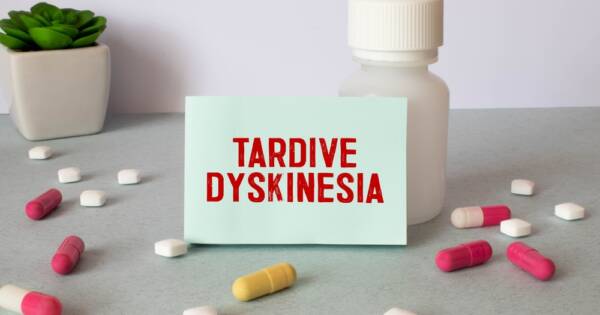Silent strokes, often occurring without noticeable symptoms, pose a significant threat due to their potential for unnoticed brain damage and increased risk of further strokes. While identifying the infarctions is challenging, understanding their subtle indicators, risk factors, and detection methods is crucial. Addressing key aspects through informed choices can help in managing and mitigating their long-term impacts.
Understanding Silent Strokes in Adults
Strokes are often associated with sudden and obvious symptoms, but silent strokes present a unique challenge as they occur without clear warning signs. Silent strokes, also known as silent cerebral infarctions, are caused by blood vessel blockages in the brain. They often go unnoticed because they do not affect areas controlling major movements or vital functions. Despite their subtlety, silent strokes can lead to significant brain damage, increasing the risk of subsequent strokes and cognitive decline due to their impact on the brain.
Recognizing Undetected Stroke Symptoms
Identifying a silent stroke without evident symptoms can be challenging. However, some subtle indicators can signal their occurrence. These include numbness or tingling on one side of the body, temporary slurred speech, dizziness, and headaches that are often mistaken for regular signs of aging, such as balance difficulties, falls, or mood changes, since they are transient.
It’s estimated that silent strokes occur ten times more frequently than symptomatic strokes, emphasizing the importance of awareness and advanced brain imaging for detection, as conventional symptoms are usually absent.
Risk Factors for Silent Strokes
The risk of silent strokes increases with age and is higher among individuals with high blood pressure, high cholesterol, diabetes, obesity, and a sedentary lifestyle. Smoking and vascular disease further elevate this risk, particularly among older adults. An estimated one-quarter of people over age 80 have experienced a “silent infarct,” with the incidence rising notably with age as they become more prevalent with advancing years.
Detecting and Treating Silent Strokes
Silent strokes are often detected during brain scans conducted for other reasons, such as headaches or dizziness. MRI scans are instrumental in identifying these strokes, as they can reveal brain damage that might be missed by CT scans. The absence of visible symptoms and difficulty in pinpointing treatment pathways complicates screening and diagnosis. However, early detection is crucial for intervention and reducing the risk of more severe strokes in the future by enabling early identification and care.
Treatment involves addressing underlying cardiovascular risk factors through lifestyle changes, such as adopting a Mediterranean diet, maintaining a healthy weight, and managing health conditions like hypertension and high cholesterol. In some cases, medications like blood thinners and cholesterol-lowering drugs may also be prescribed to lower the risk of future strokes due to their preventative potential.
The Importance of Medical Consultation
Given the prevalence and risks associated with silent strokes, recognizing even mild symptoms potentially linked to stroke events is vital. Subtle signs such as short-term memory loss, mood changes, and slight mobility impairments can be indicative of a silent stroke. If these symptoms are present, consulting a healthcare professional is essential for timely diagnosis and intervention to ensure long-term health.
Why You Should Learn More About Silent Strokes Today
Understanding the nuances of silent strokes is critical in recognizing potential risks and ensuring early detection and treatment. With silent strokes being more prevalent than symptomatic ones, raising awareness on this subject can help mitigate their impact.
Recognizing the associated subtle symptoms and risk factors can be lifesaving, allowing timely intervention and reducing the probability of severe strokes and further health complications. Effectively managing health conditions and adopting healthier lifestyles are pivotal steps in safeguarding against silent strokes and promoting overall brain health.
Sources
Detection and Subtle Signs of Silent Strokes
Silent Strokes and Brain Damage Insights





